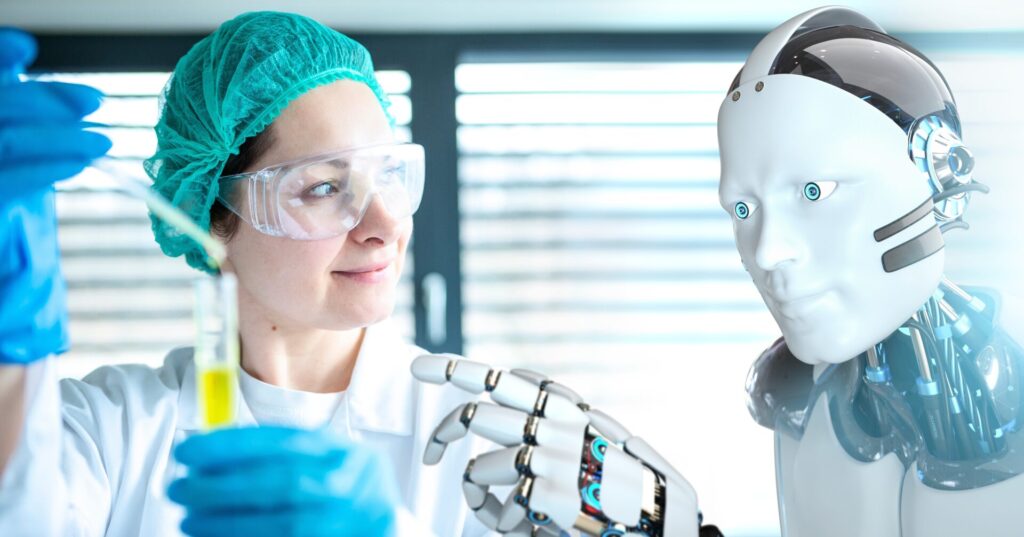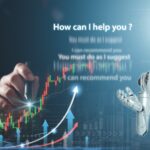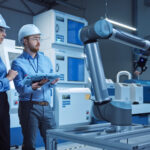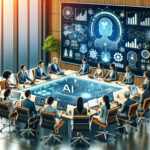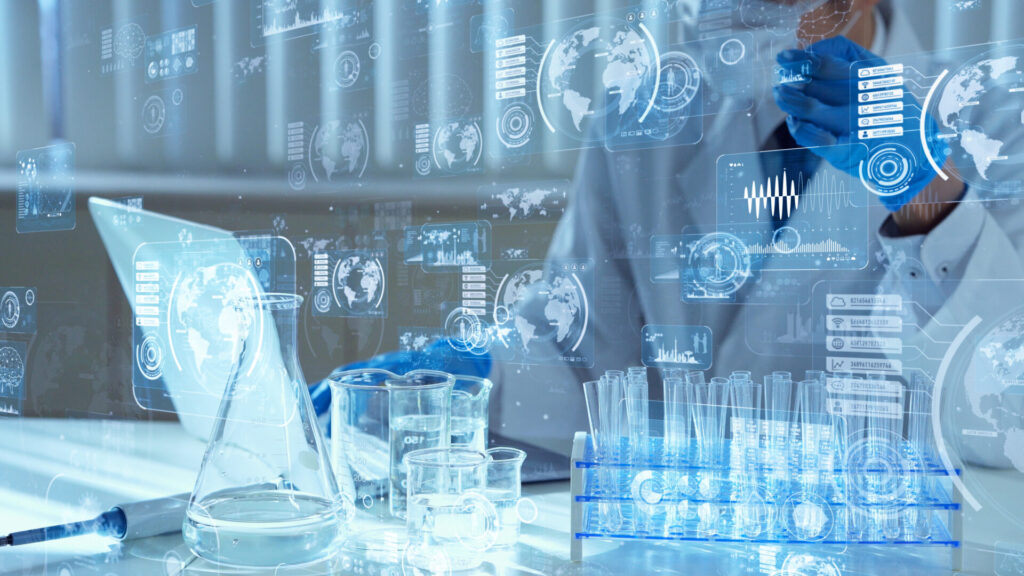
Based on my experience working with R&D Business Unit organizations in the largest CPG company in the world, here are key use cases of Artificial Intelligence (AI) in Research and Development (R&D). Please keep in mind that my experience is focused on the Consumer Packaged Goods (CPG) industry.
Why It Matters
Harnessing the power of Artificial Intelligence can revolutionize Research and Development in the Consumer Goods sector, driving innovation and operational excellence.
The Big Picture
Artificial Intelligence is not just a buzzword; it’s a game-changing tool in Research and Development for the Consumer Goods industry. AI serves as a powerful enabler for:
- Trend Analysis: Decoding consumer preferences for adaptive product assortments.
- Product Innovation: Using data analytics for new product testing and formulation.
- Supply Chain Optimization: Predicting production and stock levels for streamlined supply chain management.
- Consumer Engagement: Crafting personalized products and marketing strategies.
By The Numbers
- $3.9 trillion: The expected global market size of AI by 2025.
- 60%: Companies that will use AI to drive digital transformation by 2022.
- 50%: Increase in R&D productivity through the use of AI tools.
More Details
AI technology is evolving, and its application within Research and Development departments can’t be overstated. It serves multiple facets from trend analysis to operational efficiencies.
Trend Analysis and Adaptation Companies leverage AI to dissect consumer data for current trends, allowing them to adjust product offerings based on shifting consumer needs.
Product Innovation and Development AI-driven data analytics play a crucial role in the R&D process, facilitating rapid testing and formulation of new products.
Supply Chain Optimization AI makes it possible to predict over-production and out-of-stock scenarios, enhancing product availability through intelligent forecasting.
Consumer Engagement AI allows companies to engage customers in a more personalized manner. It can even anticipate a customer’s future interactions, providing valuable insights for crafting future marketing strategies.
Operational Efficiencies Predictive algorithms help forecast staffing levels at customer service and distribution centers, identifying cost-effective manufacturing and delivery partners for maximized efficiency.
Go Deeper
- Artificial Intelligence: The Next Frontier for Consumer Packaged Goods – A detailed report by McKinsey.
- Digital Transformation in Consumer Goods – Deloitte’s insights on how digital transformation, including AI, is reshaping the consumer goods industry.
AI’s dynamic range of applications in R&D for the Consumer Goods sector isn’t just beneficial; it’s essential for companies that want to stay competitive. Implementing AI strategies can result in a more streamlined, cost-effective, and innovative R&D process.
Let’s now dive into each use case, and provide a lot more details.
AI-Driven Trend Analysis: A Catalyst for Agile Product Adaptation in Consumer Goods
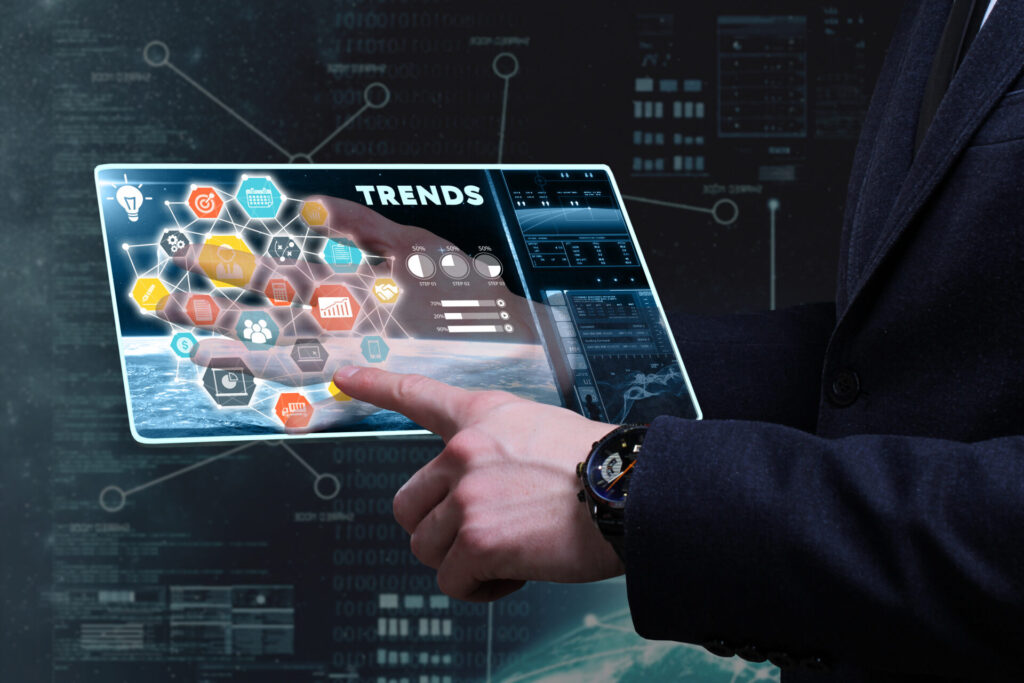
Why It Matters
Leveraging AI for trend analysis enables companies to stay ahead of market shifts, resulting in smarter, consumer-centric product offerings.
The Big Picture
Trend analysis and adaptation is becoming increasingly complex in the consumer goods industry. Traditional methods are no longer sufficient. Enter Artificial Intelligence—your ace in the hole. With AI, you can:
- Identify Market Trends: Understand what’s resonating with consumers right now.
- Forecast Future Preferences: Use historical data to predict what will be popular next.
- Adapt Product Lineups: Quickly tweak or expand your offerings to meet new consumer demands.
By The Numbers
- 70%: The increase in product success rate for companies implementing AI-driven trend analysis.
- 40%: Businesses adapting to market trends within weeks rather than months, thanks to AI.
- 35%: Improvement in customer satisfaction due to more aligned product offerings.
More Details
Traditional methods of trend analysis in the consumer goods sector have been sluggish, often retrospective, and not highly adaptive. AI changes the equation completely, offering real-time analytics that can significantly drive business strategy and product development.
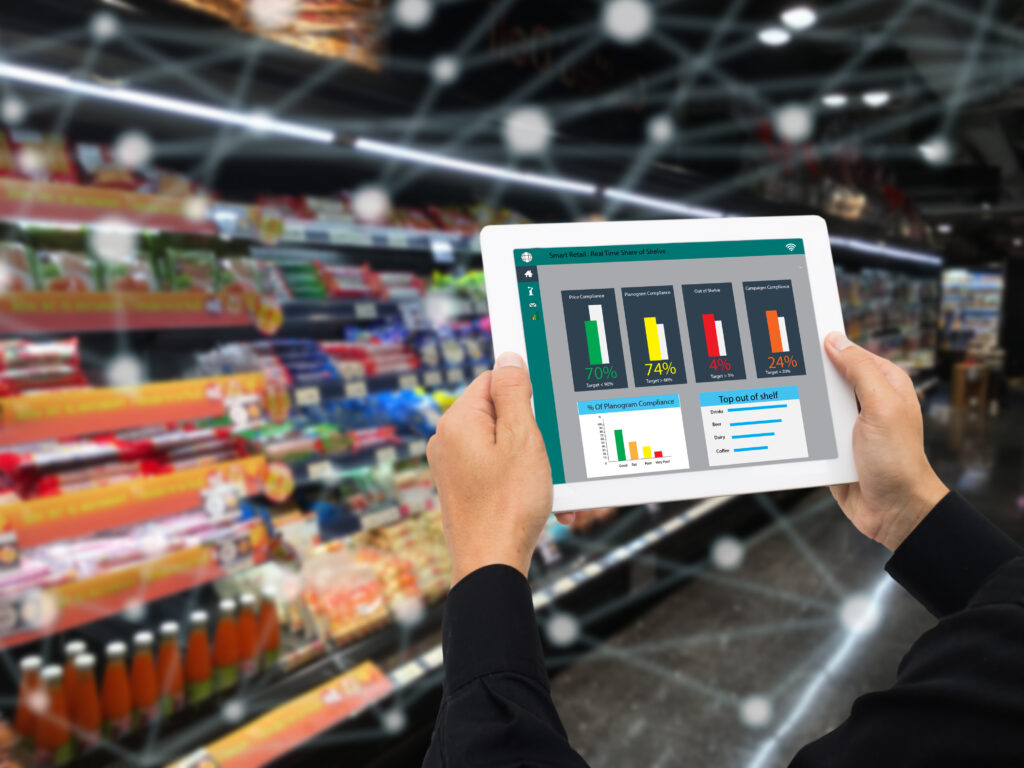
Data Collection and Analysis The first step in AI-driven trend analysis is accumulating a large set of consumer data. Whether it’s social media sentiment, purchase history, or online reviews, AI tools can comb through these disparate sources to identify emerging patterns.
Predictive Modeling Machine learning models can predict upcoming trends based on historical data and current shifts in consumer behavior. These predictive insights allow companies to be proactive rather than reactive, giving them a competitive edge.
Quick Adaptation Once a trend is identified and confirmed, AI can help companies adapt at breakneck speed. Whether it’s modifying an existing product or developing a new one, AI-driven data can lead the way. Real-time analytics enable companies to make quick adjustments to their product lines to better align with consumer needs.
Consumer Engagement Understanding trends isn’t just beneficial for product development; it’s also crucial for consumer engagement. Companies can fine-tune their marketing strategies based on trending consumer preferences, ensuring they are always hitting the mark.
Go Deeper
- Predictive Analytics in Consumer Goods – McKinsey explores the role of predictive analytics in consumer goods.
- How AI Is Transforming Retail – Harvard Business Review discusses AI’s impact on retail, including trend analysis.
- Real-Time Analytics and Consumer Behavior – Gartner provides in-depth analysis on the advantages of real-time analytics in understanding consumer behavior.
Tapping into the power of AI for trend analysis and adaptation gives consumer goods companies a decisive advantage. It helps them tune in to their customers more accurately, make more informed decisions, and ultimately, offer products that people want.
AI: The New Frontier in Accelerating Product Innovation and Development
Why It Matters
Utilizing AI in the R&D process shaves time off product development cycles and ensures market fit, creating a strategic advantage for consumer goods companies.
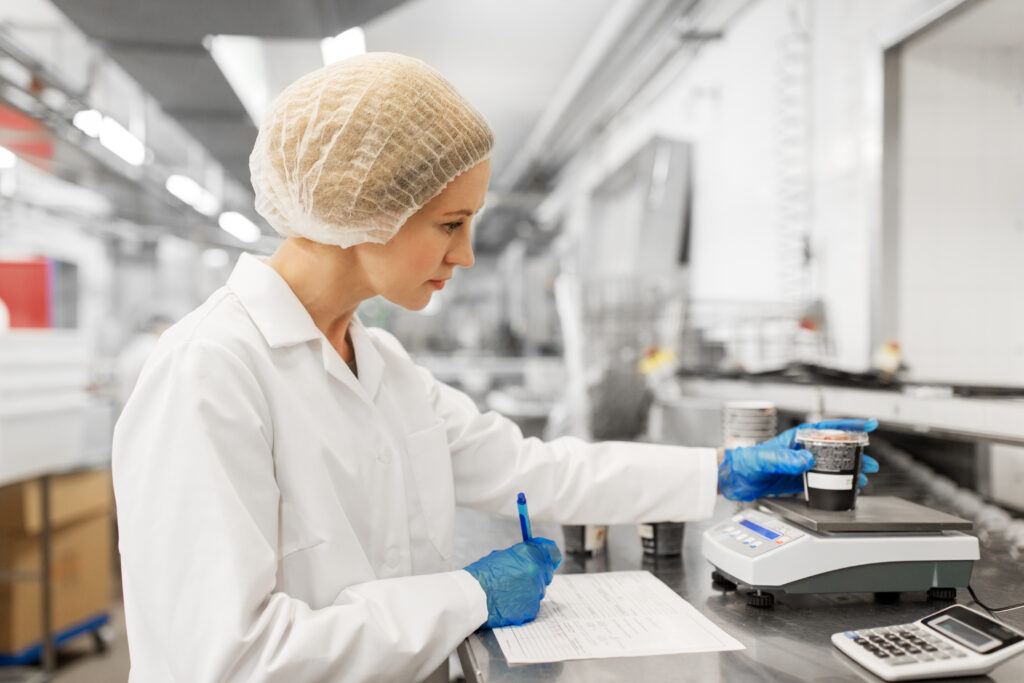
The Big Picture
In an ever-competitive landscape, speed and accuracy in product innovation and development are not optional; they’re mandatory. AI is the linchpin that can make this happen, offering:
- Data-Driven Insights: Making sense of complex consumer data for smarter R&D.
- Accelerated Testing: Speeding up prototyping and formulation processes.
- Precision: Achieving a market fit with minimal iterations.
By The Numbers
- 80%: Acceleration in the R&D timeline for consumer goods adopting AI technologies.
- 90%: Decrease in resource wastage through AI-optimized product trials.
- 35%: Companies that have reported higher ROI in R&D due to AI applications.
More Details
Incorporating AI-driven data analytics into the R&D process is not a trend—it’s a fundamental shift in how businesses innovate.
Data-Driven Insights AI algorithms are adept at dissecting complex consumer data sets to unearth actionable insights. This goes beyond typical market research, diving into predictive analytics to understand consumer needs even before they fully materialize.
Accelerated Testing and Formulation Conducting hundreds or even thousands of simulations in a short period is not feasible with traditional methods. With AI, not only is it possible, but it also comes with the added advantage of deep learning, which continuously refines the testing process. This rapid testing ensures quicker time-to-market for new products.
Precision in Development With AI, each iteration of product testing is smarter than the last. AI learns from both failures and successes, significantly enhancing the accuracy of each subsequent development cycle. This precision ensures that the final product resonates with the target consumer group.
Real-Time Adaptability AI’s real-time analytics can gauge the success of a newly launched product instantly, offering opportunities for quick refinements. The ability to adapt in real-time is a game-changer for R&D departments, enabling them to be as agile as startups.
Go Deeper
- The Role of AI in Accelerating Product Development – McKinsey sheds light on the transformative power of AI in product development.
- The Future of R&D – Harvard Business Review explores the next-generation tools and strategies for R&D, including AI, written by my friend Marco Iansiti, who also wrote “Competing in the Age of AI”
- Artificial Intelligence in Product Development – Accenture offers key statistics and case studies highlighting the impact of AI on product innovation.
AI-driven data analytics has moved from being an optional add-on to a foundational element in the R&D process for consumer goods companies. By harnessing AI’s capabilities for better insights, quicker testing, and more precise development, companies can not only save time and resources but also unlock new avenues for innovation.
Leveraging AI for Sustainable Practices: The Green Revolution in R&D and Production
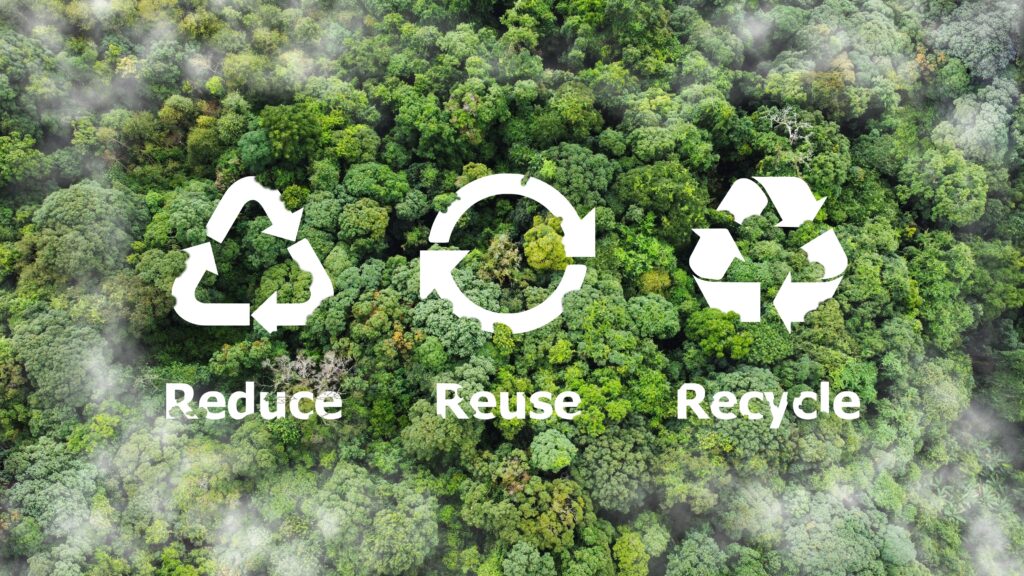
Why It Matters
Incorporating AI into sustainability initiatives refines R&D and production processes, minimizing waste and reducing environmental impact.
The Big Picture
Sustainability is not just a buzzword; it’s an imperative. Consumer goods companies need to walk the talk, and AI provides the clearest path forward. With AI, companies can:
- Resource Optimization: Intelligent algorithms ensure minimal waste in R&D and production.
- Sustainability Metrics: AI-driven dashboards for real-time sustainability performance tracking.
- Automated Adjustments: Quick recalibration of processes to meet sustainability goals.
By The Numbers
- 50%: Reduction in energy consumption in companies applying AI to sustainability efforts.
- 25%: Improvement in waste management through AI-enabled tracking and optimization.
- 2x: Increase in sustainability performance KPIs within organizations using AI.
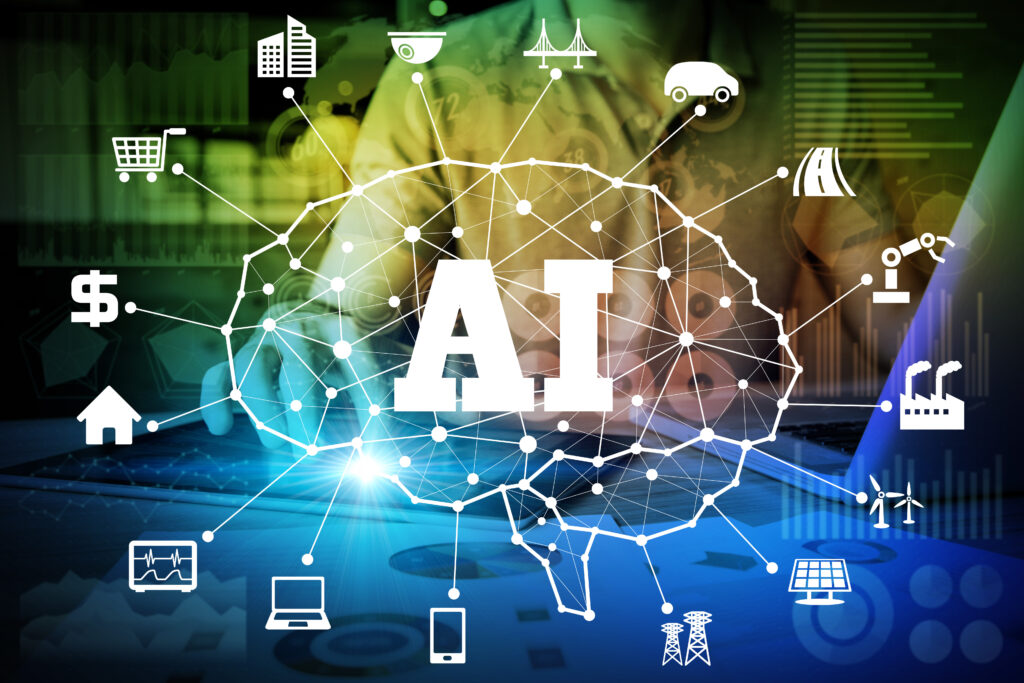
More Details
Sustainability and corporate responsibility are at the forefront of business agendas today. AI-driven data analytics offer an advanced toolkit for making these commitments more than just lip service.
Resource Optimization Every aspect of R&D and production, from material selection to product testing, can be optimized for sustainability through AI algorithms. The result is not just reduced waste but also cost savings that can be substantial over the long term.
Real-Time Monitoring and Metrics Through AI-driven dashboards, companies can monitor sustainability metrics in real time. Whether it’s the carbon footprint of a production line or the waste generated in R&D, these insights are immediately actionable.
Automated Adjustments AI isn’t just about collecting data; it’s also about acting on it. Machine learning algorithms can automatically recalibrate production settings to ensure the most eco-friendly output. These adjustments are made in real time, without human intervention, allowing for a more dynamic approach to sustainability.
Predictive Sustainability Machine learning models can predict the future impact of current sustainability measures, allowing companies to make proactive adjustments. This ability to forecast enables more long-term, strategic planning for sustainability.
Go Deeper
- AI in Sustainability – McKinsey explains how AI can be a catalyst for sustainability.
- Tech Innovations for a Sustainable Future – Harvard Business Review explores how technology, including AI, can contribute to sustainability.
- Artificial Intelligence: The Next Frontier in Sustainability – Deloitte discusses the transformative power of AI in achieving sustainability goals.
The application of AI in sustainability initiatives within R&D and production is becoming an industry standard. By embracing AI, companies not only meet their corporate social responsibilities but also achieve operational efficiencies that positively impact the bottom line.

Experienced Machine Learning, Artificial Intelligence, Data Strategy, Information Technology, and Shared Services Executive
Things that matter:
• five largest ML models created at P&G, with over 10,000 pipeline runs/year
• initiated and operated THE data labeling platform and services for ML at P&G, with 300+ projects and millions of annotations on the platform
• Generative AI strategy for the Global Business Units Shared Services for the Brand, R&D, Manufacturing, Supply Chain, Master Data + eComm functions
• Product Management leadership for enterprise-wide Cloud applications combining data and AI
Education
Harvard Business School Executive Education: Artificial Intelligence (Competing in the Age of AI).
Northwestern University: Executive Strategies to Unlock Enterprise Value in Artificial Intelligence
University of Bucharest: Master of Computer Science from the Faculty of Mathematics
CIIM – Master of Business Administration (MBA) with a focus on Finance
Key Certifications:
AWS Certified Machine Learning – Specialty
Azure ML Artificial Intelligence Certification
Data Camp Certified Data Scientist (Python Track)

